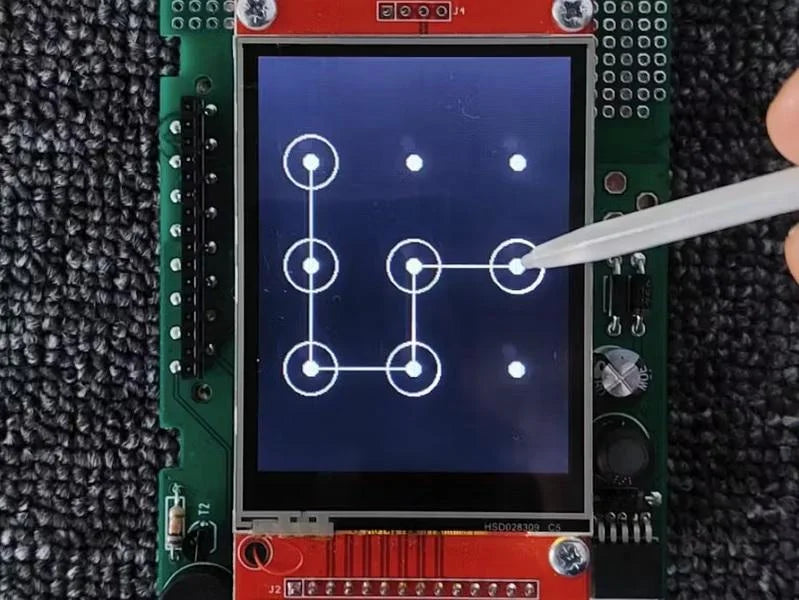
Build a touch-screen pattern recognition device
Are you curious about the inner workings of the Ili9341 Pattern Lock Algorithm? Let's dive into the details of this fascinating technology.
What is the ILI9341 Pattern Lock Algorithm?
The Ili9341 Pattern Lock Algorithm is a security feature commonly used in electronic devices to prevent unauthorized access. It requires users to input a specific pattern of movements on a touch screen to unlock the device.
How does the ILI9341 Pattern Lock Algorithm work?
This algorithm works by dividing the touch screen into a grid of nodes. When a user creates a pattern, the algorithm records the sequence of nodes touched and compares it to the stored pattern. If the input pattern matches the stored one, the device unlocks.
Why is the ILI9341 Pattern Lock Algorithm important?
This algorithm provides an additional layer of security to electronic devices, making it harder for unauthorized users to access sensitive information. It is a popular choice for smartphones, tablets, and other touch screen devices.
How secure is the Ili9341 Pattern Lock Algorithm?
While the Ili9341 Pattern Lock Algorithm is a convenient security measure, it is not foolproof. Some studies have shown that certain patterns are more common than others, making them easier to guess. It is essential for users to choose complex and unique patterns to enhance security.
Overall, the Ili9341 Pattern Lock Algorithm is a valuable tool for protecting electronic devices from unauthorized access. By understanding how this algorithm works, users can make informed decisions about their device security.

Leave a comment